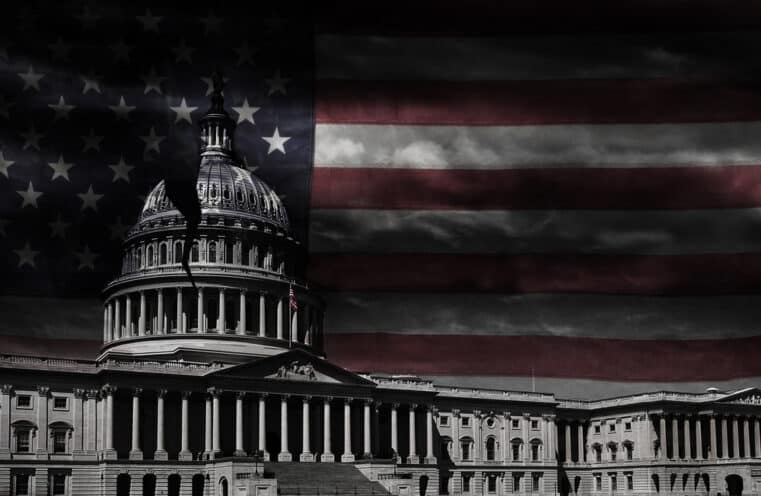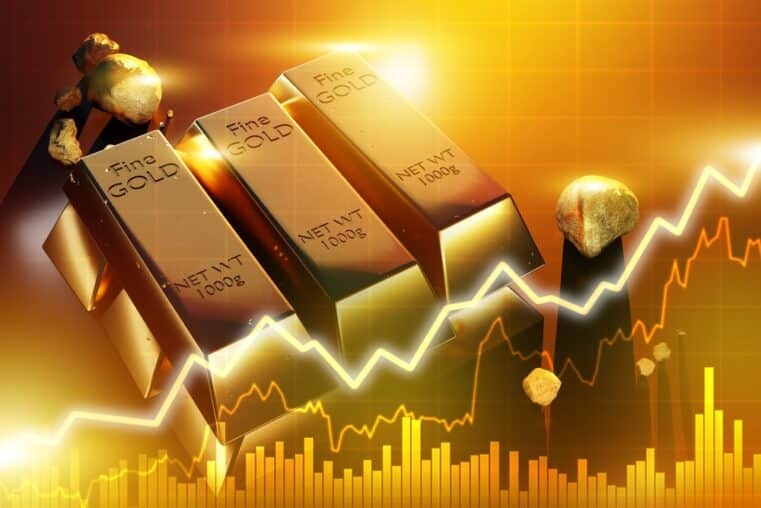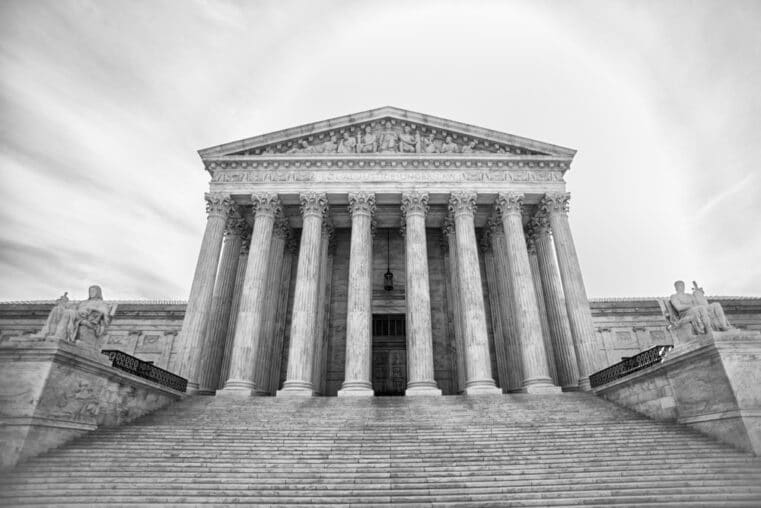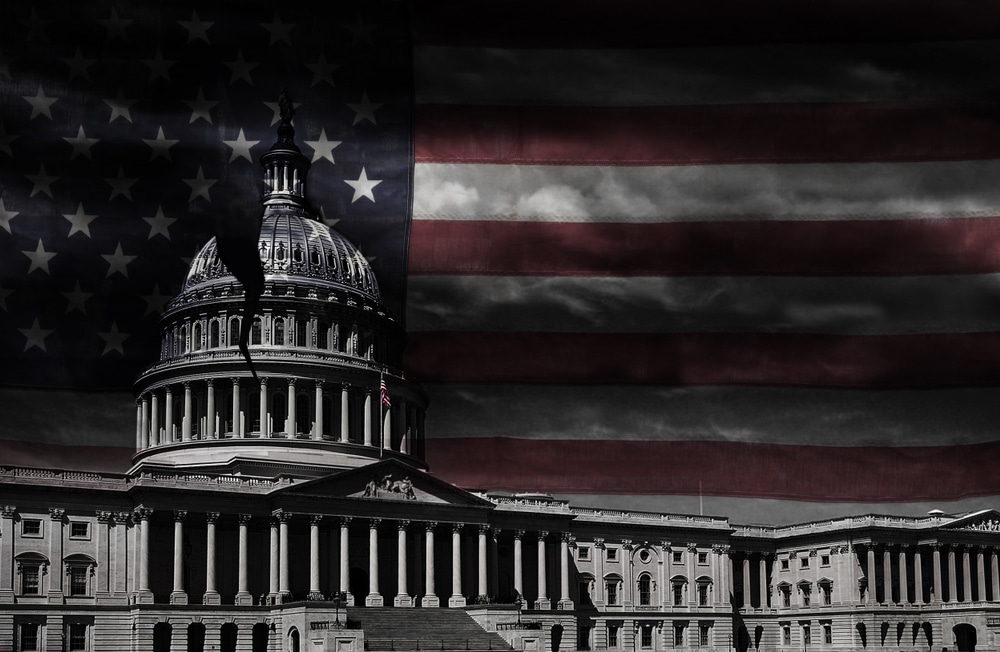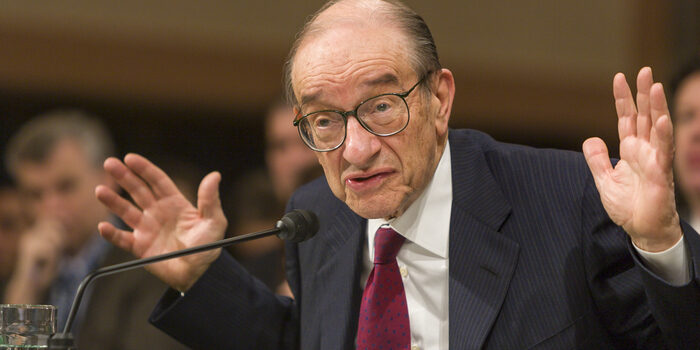
Alan Greenspan Foresees Negative Interest Rates Hitting the US Soon
In a previous post, we discussed the IMF’s playbook for adopting deep negative interest rates to fight recessions.
Currently, there’s more than $16 Trillion in negative-yielding debt across the globe as central banks strive to sustain the global economy (rather, to keep it from slowing down).
For instance, take Belgium, France, Germany, and Japan. Their 10-year sovereign bonds are all trading at negative rates.
But all of this is happening beyond our shores, as the idea of negative interest rates in the US is generally unthinkable.
Perhaps so. But recent comments by former Fed Chair Alan Greenspan would have us thinking twice and questioning our assumptions.
Today (September 4) on CNBC’s Squawk on the Street, the former “Maestro” said that Americans should expect negative interest rates to reach the US soon.
It’s “only a matter of time” before the US catches up with the negative-yield policy trend that’s engulfed most of the world.
Currently, US Treasuries aren’t anywhere near negative, though the 30-year, trading as low as 1.95% last week, did hit a record low.
Fundamental indicators--namely, the low unemployment rate and healthy consumer spending--signal that the US economy is still experiencing growth, however moderate that growth may be.
But a number of leading indicators--metrics that signal what might happen versus what’s happening now--are beginning to indicate that the US economy (and the global economy as well) is beginning to slow down.
To date, the Fed had made one rate cut this year, though another is expected later this month.
The expectations for further monetary easing comes amid pressure from both Wall Street and Washington.
Overall, the market expectations for another rate cut stands at 92.7%, according to the Chicago Mercantile Exchange’s FedWatch Tool (a market sentiment indicator).
But another factor pressuring bond yields lower, according to Greenspan, stems from another matter typically overlooked: investors nearing retirement who seek safer yield-bearing assets.
During a recession, stock dividends may look much less attractive, not only because the stock declines can burden your portfolio with unrealized losses, but also because companies have the right to reduce or suspend dividends.
In other words, you can’t rely on dividends to remain during a period of recession, as companies might have reasons to conserve that extra capital.
This leaves most conventionally-minded investors with two other options--annuities or investment-grade fixed income products, like government bonds.
But a mass increase in bond demand comes with unexpected and highly unfavorable consequences: “As a result of that, there’s a tendency to disregard the fact that that has an effect in the net interest rate that they receive,” says Greenspan.
In other words, it pushes bond prices up, exerting negative pressure on yields, as bond prices and interest rates have an inverse relationship.
But there are investors who are not too caught up on conventionally-minded investment-think--their presence made evident in the surge of gold prices.
Greenspan noted that some investors are seeking out “hard assets” to diversify their portfolios.
If you think about it, in a negative interest rate environment--where you have to pay the banks in order to keep your money in a savings or invested in any interest-bearing instrument--physical gold and silver are two of the safest assets to invest in.
Gold is up over 21% this year at levels unseen in six years.
Looking ahead, however, there is the frightening possibility that we are approaching what billionaire hedge fund extraordinaire Ray Dalio calls “the end of the long-term debt cycle.”
This is the point wherein central banks can no longer effectively stimulate the economy, a paradigm shift that Dalio now sees analogous to the 1930’s.
Dalio lays it out in a recent LinkedIn post:
“The most important forces that now exist are:
1) The End of the Long-Term Debt Cycle (When Central Banks Are No Longer Effective)
+
2) The Large Wealth Gap and Political Polarity
+
3) A Rising World Power Challenging an Existing World Power
=
The Bond Blow-Off, Rising Gold Prices, and the Late 1930s Analogue”
In a scenario such as the one proposed by Dalio, gold and silver occupy positions whose significance goes far beyond mere tools for portfolio diversification (as what most banks and traditional financial advisors would tell you).
Gold and silver become the primary assets thrust into a multi-year bull market.



